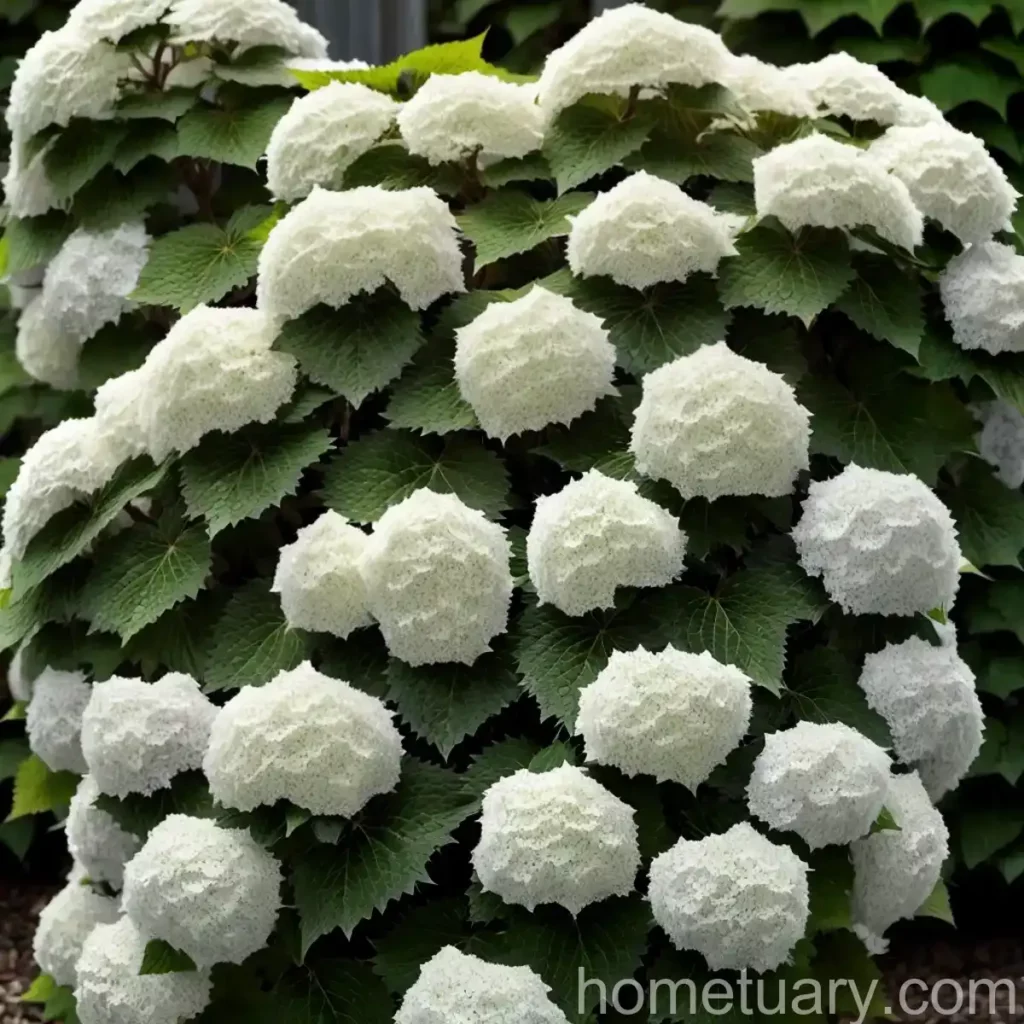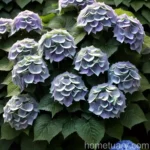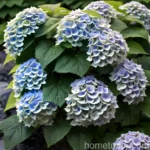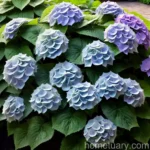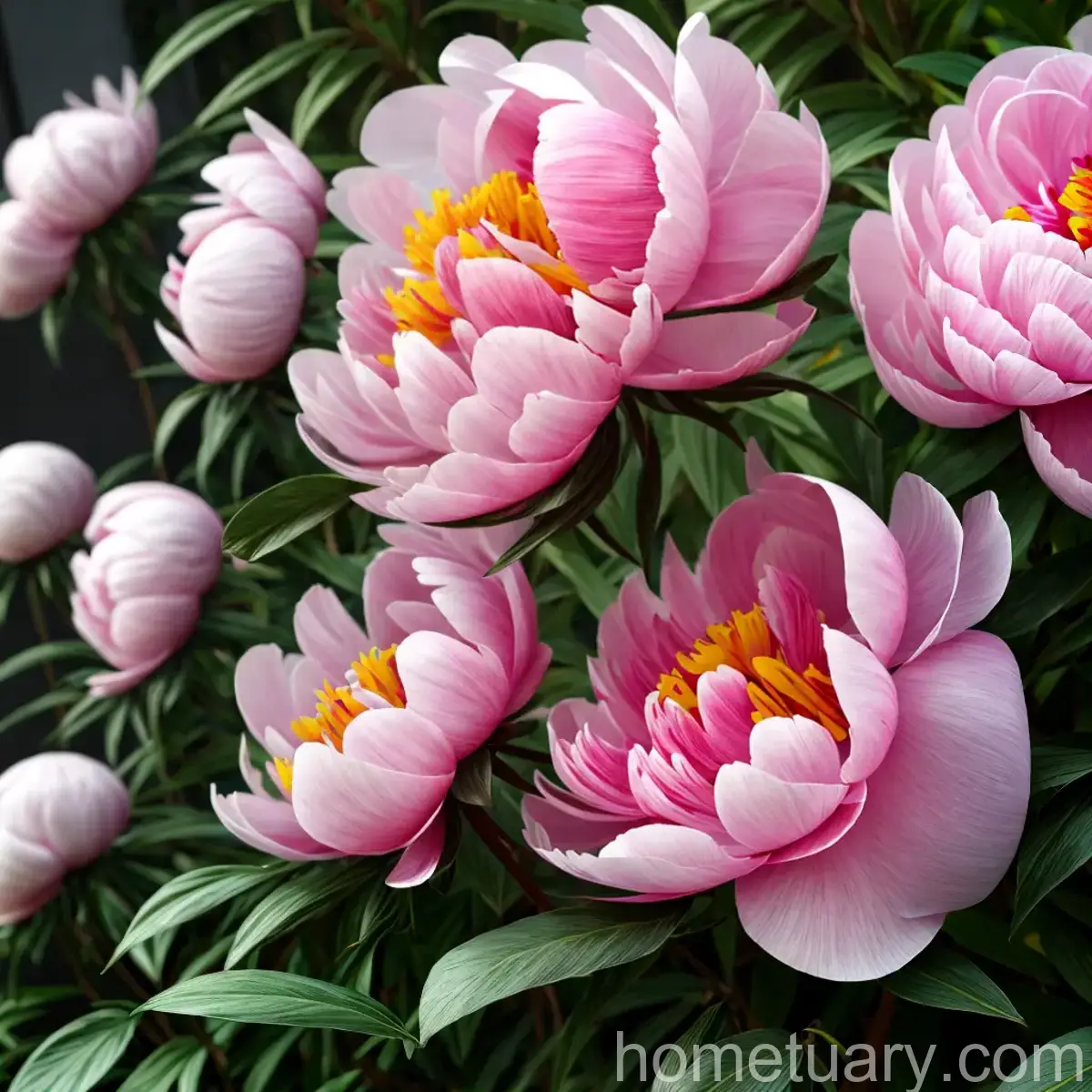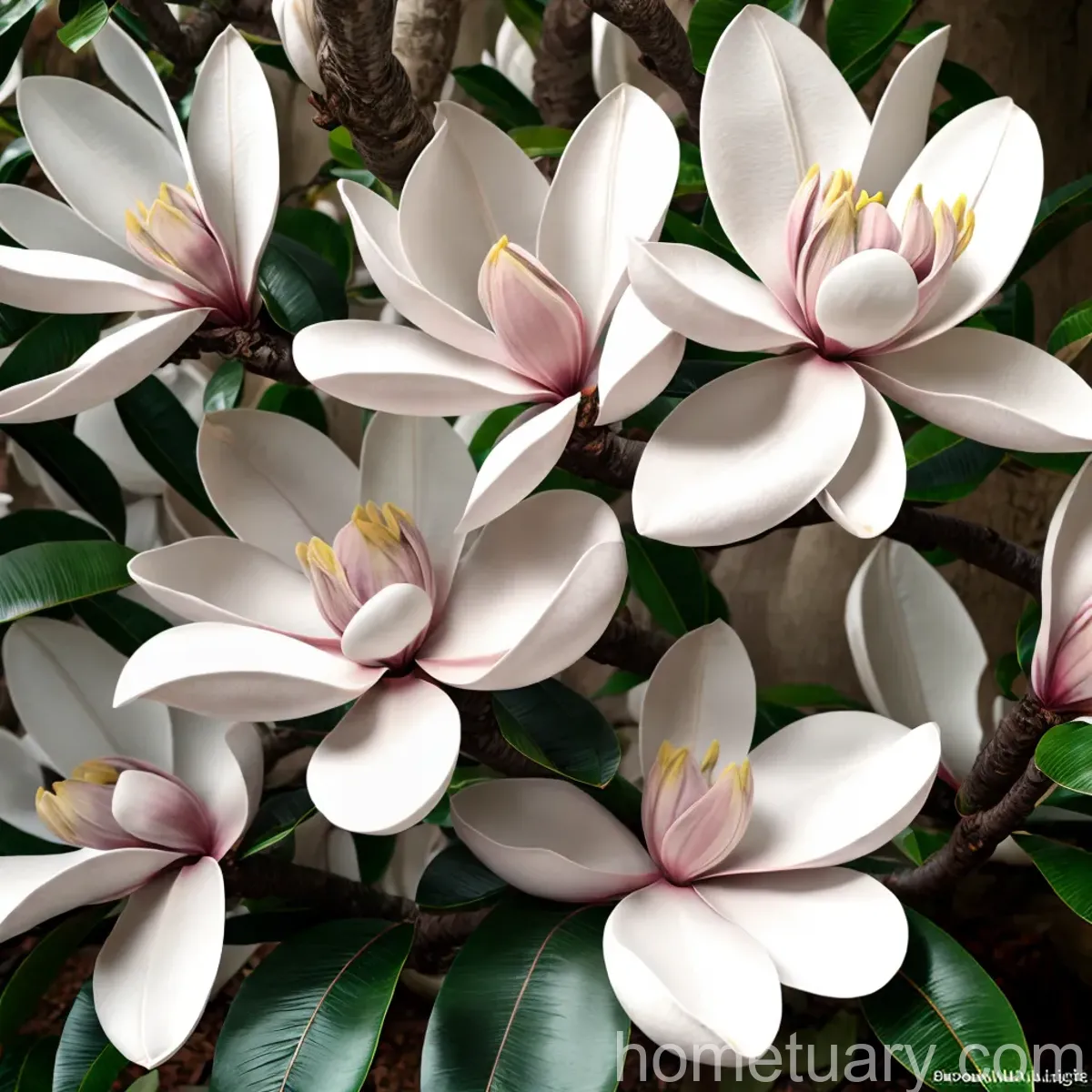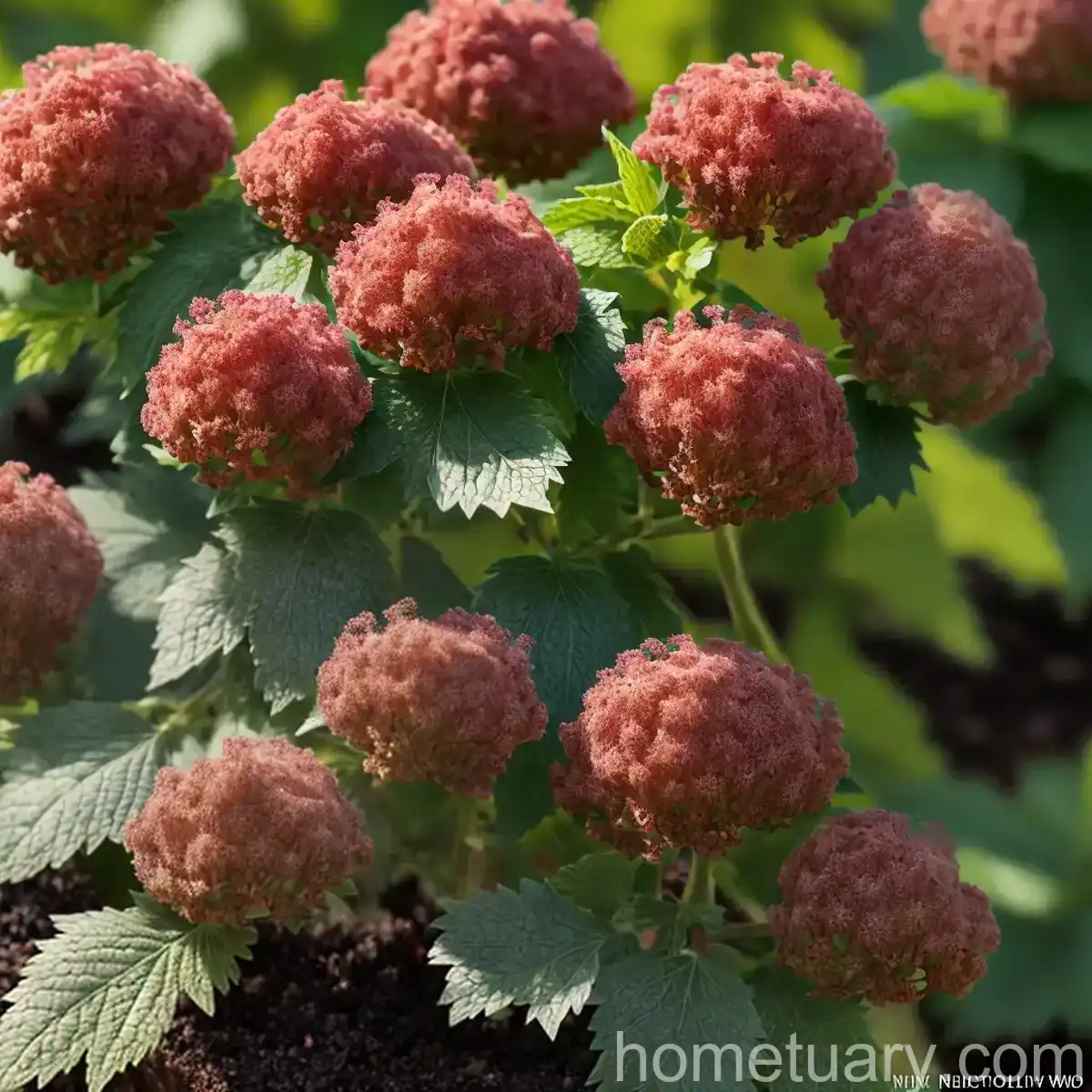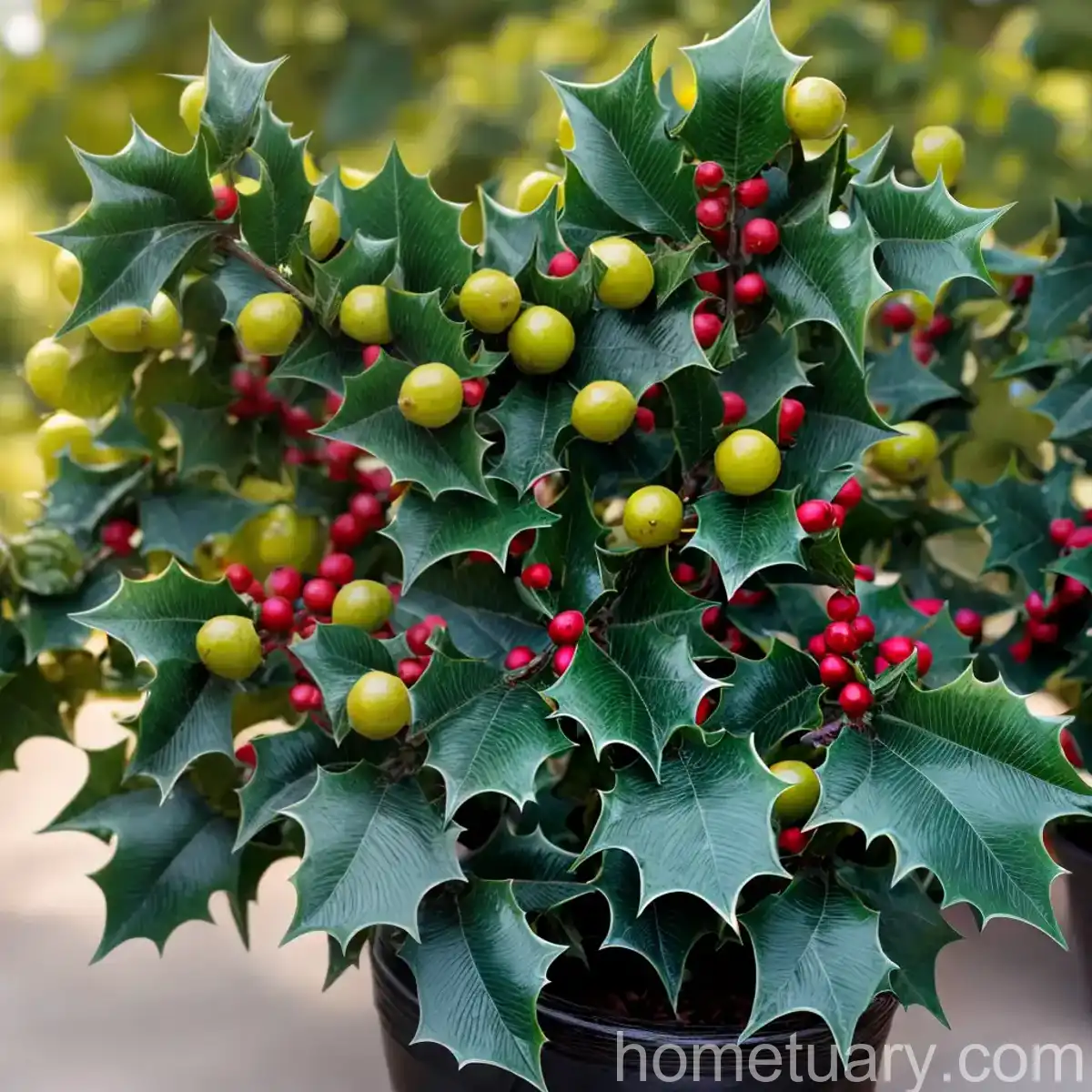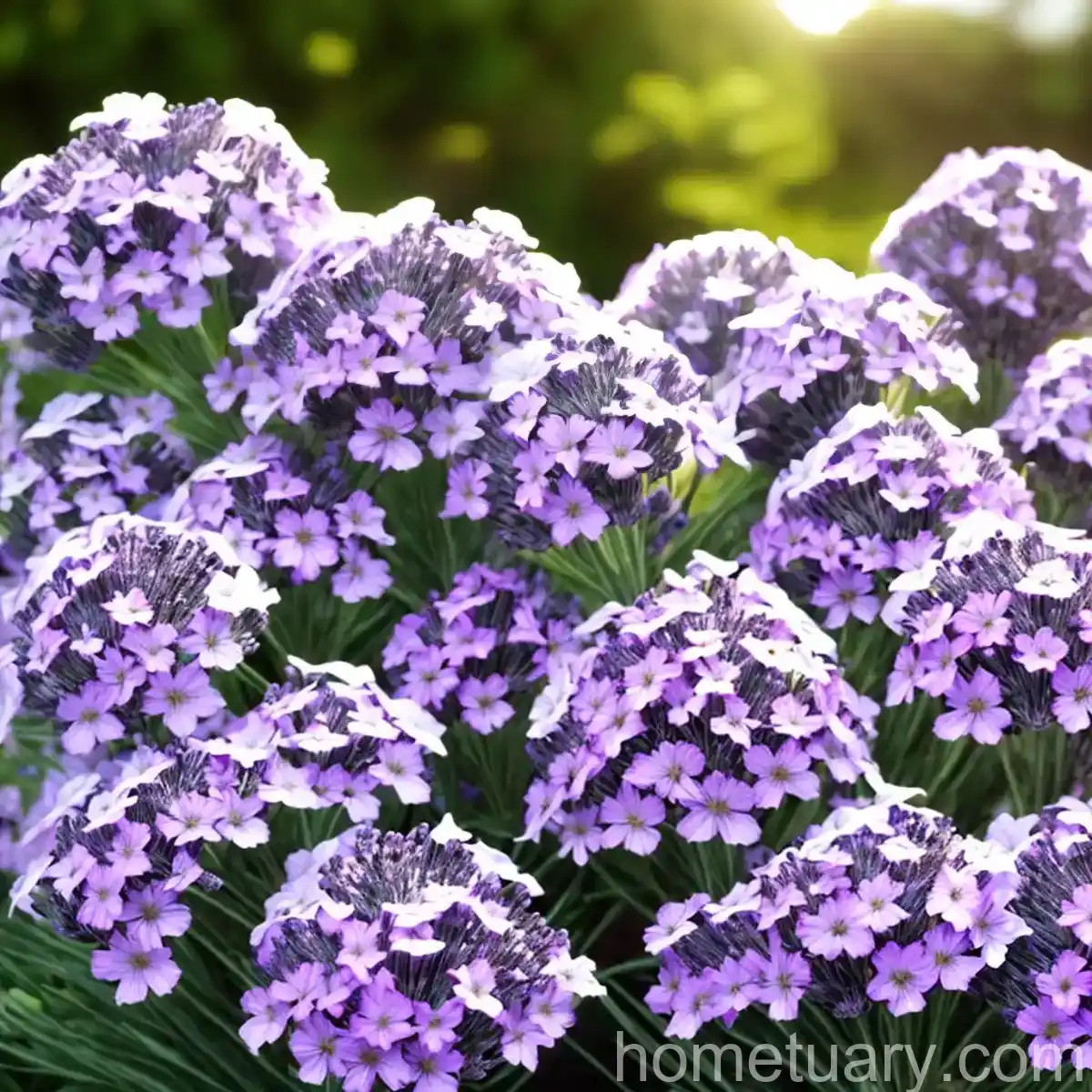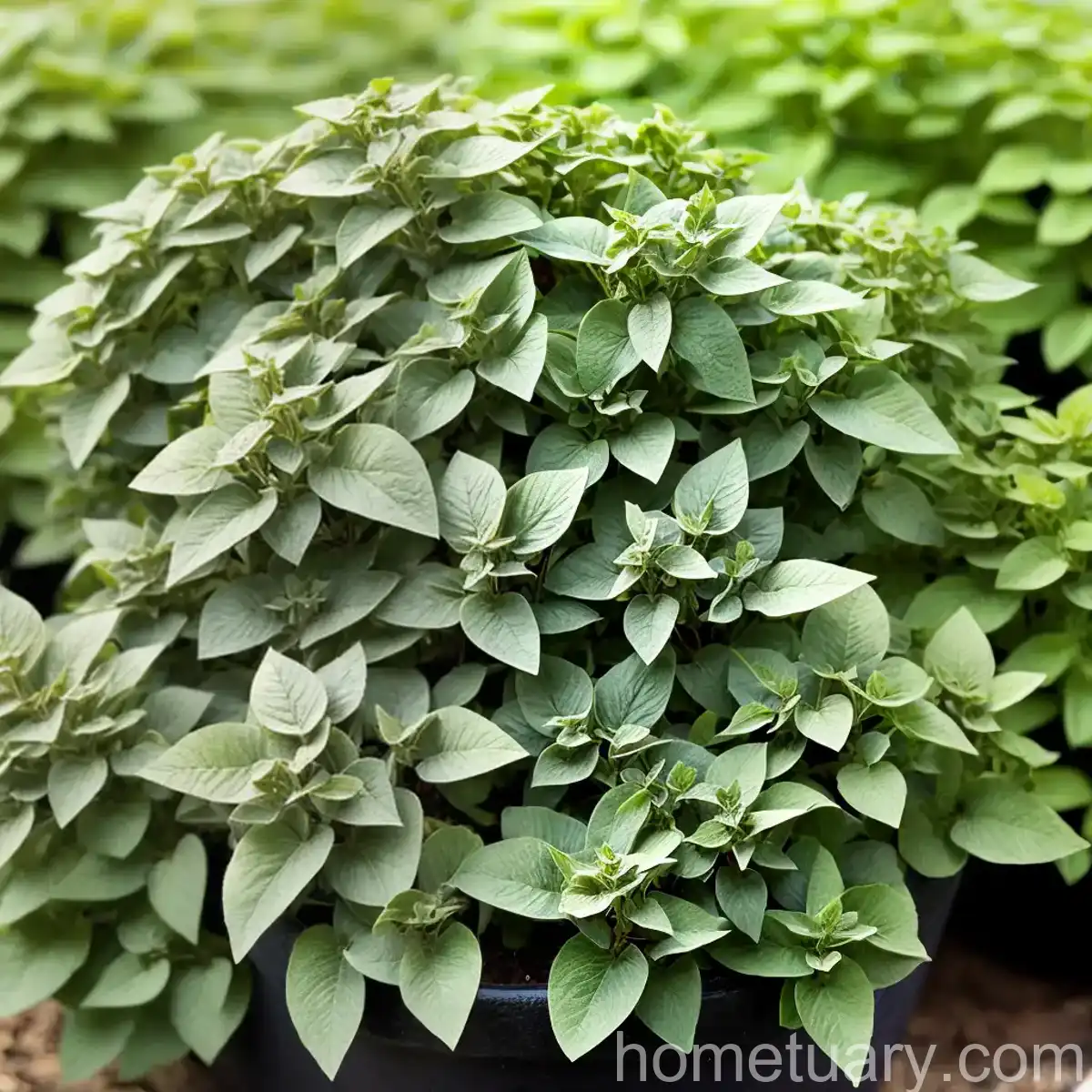The Oakleaf Hydrangea (Hydrangea quercifolia ‘Vaughn’s Lillie’)
Introduction
Plants are an essential part of our environment, providing numerous benefits and adding beauty to our surroundings. One of the most beloved and popular plant species is the oakleaf hydrangea (Hydrangea quercifolia ‘Vaughn’s Lillie’). This stunning plant possesses unique characteristics and offers various uses that make it a favorite among gardeners, landscaping professionals, and nature enthusiasts.
In this comprehensive guide, we will delve into the fascinating world of the oakleaf hydrangea. From its culture and uses to its care requirements and maintenance tips, we will explore every aspect of this remarkable plant. By the end of this article, you will have gained a deep understanding of the oakleaf hydrangea and be equipped with the knowledge to cultivate and appreciate this beautiful species in your own garden or landscape.
What is the Oakleaf Hydrangea?
The oakleaf hydrangea, scientifically known as Hydrangea quercifolia ‘Vaughn’s Lillie’, is a deciduous shrub native to the southeastern United States. It is a member of the Hydrangeaceae family and is characterized by its large, distinct, oak-like foliage and cone-shaped flower clusters. The plant derives its name from the shape of its leaves, which closely resemble those of oak trees.
Key Characteristics of the Oakleaf Hydrangea
- Common Name: Oakleaf Hydrangea
- Scientific Name: Hydrangea quercifolia ‘Vaughn’s Lillie’
- Leaf Shape: Resembles that of oak trees
- Flower Clusters: Cone-shaped
- Foliage Type: Deciduous
Culture
Water
Oakleaf hydrangeas prefer consistently moist soil and are more tolerant of waterlogged conditions than other hydrangea species. Adequate watering is essential, especially during periods of drought or prolonged dryness. To ensure optimal growth and health, it is recommended to water the plant regularly, particularly during the summer months.
Sunlight
In terms of sunlight requirements, oakleaf hydrangeas thrive in partial shade to full sun. While they can tolerate some degree of shade, providing them with ample sunlight encourages robust growth and enhances the development of their stunning flower clusters.
Fertilizer
When it comes to fertilizing oakleaf hydrangeas, a well-balanced, slow-release fertilizer is ideal. It is advisable to apply the fertilizer in early spring, just as the new growth begins to emerge. This helps provide the plant with the necessary nutrients to support its overall vitality and promote abundant blooms.
Uses
The oakleaf hydrangea offers a myriad of uses, making it a versatile and valuable addition to gardens, landscapes, and outdoor spaces. Here are some common applications of this exquisite plant:
- Garden Borders: Oakleaf hydrangeas serve as striking additions to garden borders, adding a touch of elegance and visual interest.
- Foundation Plantings: Due to their attractive foliage and showy blooms, these hydrangeas are often used for foundation plantings, enhancing the aesthetic appeal of homes and structures.
- Naturalistic Landscapes: In naturalistic or woodland landscapes, oakleaf hydrangeas thrive, complementing the organic beauty of such environments.
- Erosion Control: The dense foliage and extensive root systems of these shrubs make them effective for erosion control on slopes and embankments.
Pruning
Proper pruning is essential for maintaining the health and appearance of oakleaf hydrangeas. The timing and technique of pruning can significantly impact the plant’s growth and flower production. It is important to note that this species blooms on old wood, so it is best to prune them shortly after flowering to avoid cutting off potential blooms for the following year.
Pruning Techniques
- Deadheading: Removing spent flower clusters can encourage the formation of new buds and promote continued blooming.
- Thinning: Thinning out crowded or crossing branches helps improve air circulation within the plant and reduces the risk of disease.
Propagation
Oakleaf hydrangeas can be propagated through various methods, including division, softwood cuttings, and layering. Each technique offers its own advantages and may be suitable for different situations or preferences.
Softwood Cuttings
Softwood cuttings are typically taken in early summer when the plant’s new growth is still soft and flexible. By carefully selecting and rooting these cuttings, individuals can establish new plants that retain the desirable traits of the parent specimen.
Division
Dividing mature oakleaf hydrangeas is another effective method of propagation. This process involves separating the plant into multiple sections, each with its own root system, and transplanting them to new locations or containers.
Container Popularity
The oakleaf hydrangea’s adaptability and ornamental value make it a popular choice for container gardening. When grown in containers, these shrubs can be showcased on patios, decks, or other outdoor spaces, adding a touch of natural beauty to urban environments. Additionally, containers allow for greater control over the plant’s growing conditions, making it easier to optimize its care and maintenance.
Common Diseases
Like many plants, oakleaf hydrangeas are susceptible to certain diseases that can affect their health and appearance. Understanding these common diseases and their symptoms is crucial for timely intervention and effective management.
Disease Diagnosis
- Powdery Mildew: Characterized by a white, powdery coating on the plant’s leaves, powdery mildew can weaken the foliage and hinder overall growth.
- Cercospora Leaf Spot: This fungal disease causes dark, circular lesions to develop on the plant’s leaves, potentially leading to defoliation if left untreated.
Common Pests
In addition to diseases, oakleaf hydrangeas may also face issues related to pest infestations. Identifying and addressing these pests promptly is essential for preventing damage and preserving the plant’s well-being.
Common Pests
- Aphids: These small, soft-bodied insects feed on the plant’s sap and can cause distortion or discoloration of the leaves.
- Spider Mites: Spider mites are tiny arachnids that can infest oakleaf hydrangeas, leading to stippled or discolored foliage.
Botanist’s Tips
For individuals looking to cultivate and care for oakleaf hydrangeas, the following tips from experienced botanists can prove invaluable:
- Soil Preparation: Prior to planting oakleaf hydrangeas, ensure that the soil is well-draining and rich in organic matter, providing an ideal foundation for the plant’s growth.
- Mulching: Apply a layer of organic mulch around the base of the shrub to conserve moisture, suppress weed growth, and maintain a moderate soil temperature.
- Regular Monitoring: Keep a close eye on the plant for any signs of disease, pest activity, or nutrient deficiencies, addressing any issues promptly to maintain its vigor.
Fun Facts
- The oakleaf hydrangea is the state wildflower of Alabama, where it is celebrated for its natural beauty and cultural significance.
- In addition to its ornamental value, certain parts of the oakleaf hydrangea have been used in traditional herbal medicine for their perceived medicinal properties.
Links to External Resources
For additional information on the oakleaf hydrangea, including care guides, cultivation tips, and expert insights, consider exploring the following resources:
- The American Hydrangea Society
- University of Florida IFAS Extension: Hydrangea for the Florida Garden
- The United States National Arboretum: Plant Collections
- The Royal Horticultural Society: Hydrangeas
By providing a comprehensive overview of the oakleaf hydrangea, this guide aims to equip readers with the knowledge and insights needed to appreciate, cultivate, and enjoy this remarkable plant species. From its unique foliage and stunning blooms to its versatile uses and care requirements, the oakleaf hydrangea continues to captivate enthusiasts and nature lovers alike with its enduring charm and beauty. Whether as a garden centerpiece, a landscape accent, or a container showcase, the oakleaf hydrangea holds a special place in the world of plants, enriching our surroundings and evoking a sense of natural wonder and tranquility.
Remember to adapt the care instructions to the specific conditions and climate of your area, and always consult local gardening experts or nursery professionals for personalized guidance. With proper attention and care, the oakleaf hydrangea can thrive and delight for years to come, enriching your outdoor spaces and bringing joy to all who encounter its splendor.

